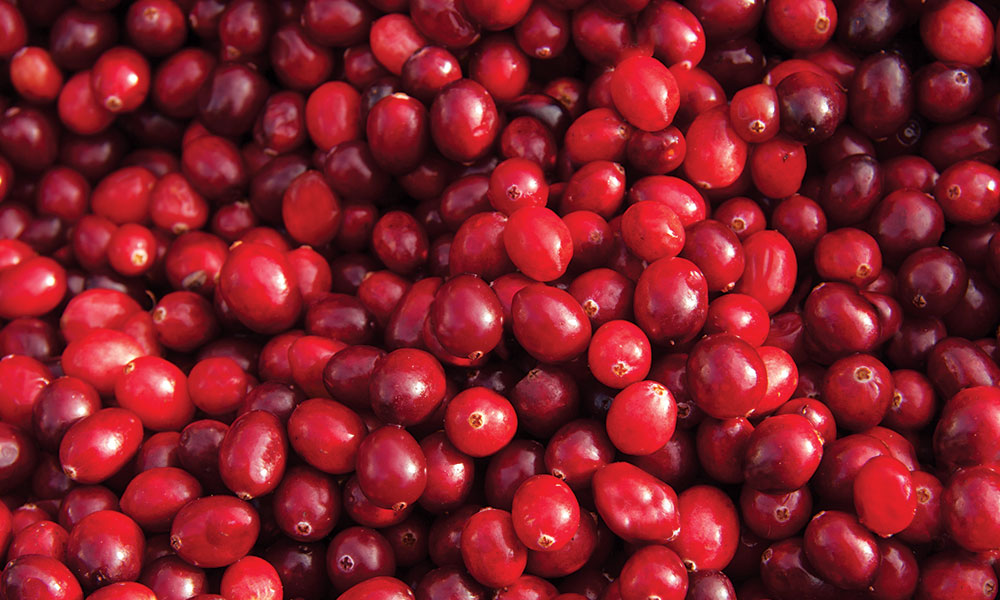
New Money: Cash for Cranberries
A committed board is the key to a successful capital campaign for the Wisconsin State Cranberry Growers Association.
Research farms make a patchwork across Wisconsin, where scientists study crops ranging from sweet corn to cucumbers—even cattle. But there’s always been one notable exception: cranberries.
“Our growers in leadership felt it was very important to have a facility dedicated to discovering new information and practices for our [cranberry] growers,” says Tom Lochner, executive director of the Wisconsin State Cranberry Growers Association. “We began to look at options for research stations, and we found that that the state doesn’t have the resources to open a new station.”
The board was very supportive and very generous, making sure that every board member was a substantial contributor to the project.
It quickly became clear that if WSCGA wanted to open a research facility, it would have to provide the funding. In 2015, WSCGA’s Wisconsin Cranberry Research and Education Foundation launched the “Wisconsin Cranberry Futures Campaign” with an aim of raising $750,000 for the facility.
“I would refer to it as a ‘soft capital campaign,'” Lochner says, since there was none of the pomp—such as golf tournaments or fancy direct-mail packages—that usually accompanies a capital campaign. Instead, WSCGA relied heavily on its committed board of directors to have old-fashioned conversations with the industry’s key stakeholders.
“The board was very supportive and very generous, making sure that every board member was a substantial contributor to the project,” Lochner says. “It was a lot more effective and cost-effective than spending a lot of money on a fundraiser.”
According to Donor Search, a philanthropy research company, the average capital campaign costs an organization about 10 percent of its final fundraising goal. But WSCGA’s minimalist approach has brought in $600,000 to date—with more on the way.
To supplement the campaign, WSGCA applied for federal funding from the U.S. Department of Agriculture, which was granted in September 2016.
With that extra boost, the goal was in sight, and in June the association closed on 155 acres in Jackson County. One day, it will be the site of the new cranberry research station, where scientists from the USDA Agricultural Research Service and the University of Wisconsin-Madison will study ways to increase the yield and quality of the cranberry crop, promote sustainability, and limit pests and diseases. The facility will also include a producing cranberry marsh—the proceeds of which will help offset operational costs.
“We’re very fortunate that our board of directors are well respected in the community, ” Lochner says. “As leaders, they’re very willing to go and talk to individuals about making substantial commitments.”
(Nycshooter/Getty Images)






Comments